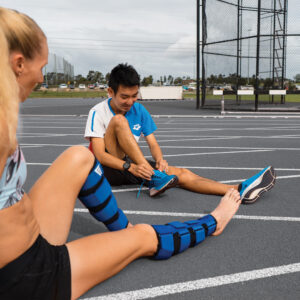When it hurts to move, you must move to recover. That may seem trite, even contradictory… but it is essential. ‘No pain with movement’ is, after all, the main goal of physio treatment. An even more telling sign of recovery is determined over time; and is the inspiration for this blog . Why are so many muscle and joint injuries and pain conditions slow to heal, recur or become permanent pain conditions?
Physiotherapy and Laser offers promise of better outcomes, and here’s why…
Physiotherapy Empowers
Of all health care providers, physiotherapists are best placed by education and training to help recovery from muscle and joint injuries and pain conditions. A key principle of physiotherapy practice is to foster client self-reliance, to empower them, and it is this principle that makes physiotherapy a superior choice in a world that offers many provider choices.
For example, chiropractors and massage therapists center their care on hands-on techniques; and may recommend treatment care plans that span months, even years. These providers undeniably play a significant role in recovery from muscle and joint pain conditions; but the best treatment plans include physiotherapy. Most physio treatment plans are goal oriented and of short to medium duration.
Physiotherapists use movement, assisted and resisted exercise and home exercise programs as their focus in care plans. Movement and exercise is solely under client control; hence, the physio priority of empowering clients!
Empowerment occurs when people assume power and control over their own lives.
In physiotherapy practice today, the relationship between therapist and client is one of mutual respect. The therapist’s role and responsibilities are well defined by provincial regulating bodies. As clients become more informed, it is expected that they will:
- Google symptoms and check out the reputation of the clinic and therapist
- Provide relevant health information and Ask questions of assessment findings and treatment recommendations
- Relay any scheduling or financial restrictions
- Perform home exercises
- Provide feedback with respect to their exercise prescription and other aspects of treatment
The Physio Store provides good introductory exercises for most joints and common pain conditions. These exercise protocols are unlikely to include all the exercises a person needs, because people seldom have just one area involved. And sometimes, the weak and painful muscles won’t respond until the underlying weakness is addressed.
A Powerful Exercise That Ticks Alot of Boxes
One exercise that’s always appropriate is the single leg stance, regardless of the injury. Even carpal tunnel syndromes and wrist fractures benefit. The one exception is when weight-bearing is restricted to protect injured leg muscles, but even this restriction is temporary, and the exercise is an important one as recovery progresses. The thing with this exercise is that it is a powerful stimulus to the anti-gravity righting reflexes that are hard-wired into our brains and honed from infancy to keep us upright.
Performing this exercise ticks a lot of boxes when part of your aim is to optimize neural feedback and nerve interconnections. It also works the extensor muscle groups of the spine, including neck muscle which lengthen and weaken in forward head postures. Strengthening these muscles provides a basis of support for arm and hand muscles as they perform reach and grip activities. This picture is taken from the posture academy database of the American Posture Institute.

This exercise can be made easier by standing against a wall for feed-back and support. It can be made more difficult by closing eyes, standing on an unstable surface or just holding the pose for longer periods of time.
When Self Treatment is Not Enough
An empowered client may independently seek information and may first try self-treatment. They will also be canny enough to seek help when basic treatment strategies don’t work; when injury or pain is extensive or persistent; or when they just want to be sure they’re on the right track. When they do seek help ….. There’s a Plan.
The following is an example of a treatment plan from Avalon Laser Health Physiotherapy and Wellness, in St John’s NL.

Treatment Plan Avalon Laser Health Physiotherapy and Wellness – Physiotherapy Clinic in St. John’s, NL
Assuming that our clients actually perform their home exercise programs, many perfectly good home exercise programs are fouled because the significance of underlying poor alignment or posture was underestimated. There are other stressors, of course, another common one being stress itself. While neither exercise nor laser can directly mitigate lifestyle induced stress, eliminating posture, alignment and fitness as factors can go a long way to managing a stressful life.
Over recent decades, the influence of posture and alignment on all manner of muscle and joint injuries and conditions has mushroomed. Poor alignment can predispose a person to injury and complicate recovery following injury. It also creates a challenge for recovery because, when alignment is left uncorrected, it distorts the mind muscle memory and makes it difficult to reproduce normal movement patterns. Often, when physio treatment didn’t work, the real problem was poor posture or alignment. It’s worthwhile to work through muscle and joint injuries and pain conditions with a physiotherapist who has advanced posture training.
Low intensity laser is a special modality, sometimes described as curative.
Modalities have been part of the physiotherapy world forever. In recent years, traditional thermal and electrical modalities like hot packs, ultra-sound, interferential current and TENS have been falling into disrepute (because of sparse research support), even as extra-corpeal shock wave therapy, dry needling and laser are becoming popular. The new modalities are engaging in research projects, but don’t yet have the depth of research that supports photobiomodulation.
Our clients tell us that both shockwave therapy and dry-needling can be painful experiences. Shockwave therapy creates a cavitation injury to stimulate a new healing response. Dry-needling uses acupuncture needles to de-activate and relax trigger points in muscles; and is a different approach to the trigger point therapy that a massage therapist performs. Low intensity laser uses light energy to create a photobiomodulation effect in injured cells. It is non-invasive, non-toxic and does not hurt during treatment.
Low intensity laser systems produce a Photobiomodulation effect. In this process, light energy directly stimulates photoreceptors in damaged or underperforming cells in muscles, joints, ligaments, fascia and/or nerves to restore cell metabolism. Photobiomodulation has very few restrictions on its use. With sufficient treatment, It is often considered to be curative because it can restore normal cell function and structure.
For more information, click the link below:
 Laser Therapy & Red Light Therapy
Laser Therapy & Red Light Therapy
High Intensity Laser Therapy (HILT) or Low Intensity Laser Therapy
One point of controversy with laser therapy is whether to use a high intensity system (HILT) or a low intensity system (LILT) for treatment. They have different power outputs and different different energy wavelengths. And they have different effects on cells. Both have beneficial effects and can be effective parts of a treatment plan.
HILT systems are attractive because they are short treatments, their heating effect is comforting and they can produce temporary analgesia. Most significantly, they can’t create the photomodulation effect produced by lower powered systems, so desirable for its curative attributes. When the goal is photobiomodulation, clients can expect to require 8 to 20 treatment sessions over a 4 to 10 week timeframe.
Some clients with degenerative conditions choose a maintenance program once initial goals are met, in order to maintain mobility and function and to alleviate requirements for pain medications.
The clinic laser systems are larger, the energy protocols customizable and they can irradiate larger surface areas, producing a more targeted and time efficient treatment. Personal device systems are also available from Bioflex. They may effect change more slowly, but they are a great alternative for our clients who can’t attend the clinic. These units can be purchased or rented.
Conclusion: Physiotherapy and Laser – A Superior Treatment Plan
This combination creates a superior treatment plan when injuries or pain conditions:
- Are slow to heal
- Are recurrent
- Stem from old trauma
- Are extensive, as may be associated with MVA, sports injuries and general trauma
- Require pain management, but medications are poorly tolerated
- Are complicated by underlying arthritis
- Interfere with pressing need for early return to work, sports or recreational activities
Physiotherapy ensures a good assessment, a plan for return to activities and the enabling exercises, and regular oversight to ensure that normal movement patterns are restored, then strengthened to meet the demands of an individual’s daily life routine.
Together, Physio + Laser is a win-win, success for our clients is success for physiotherapists!
This article is written by Estelle Barry, Senior Physiotherapist and owner of Avalon Laser Health in St John’s NL., Canada

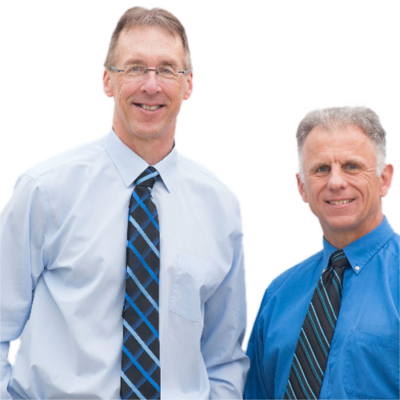
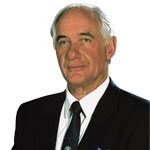
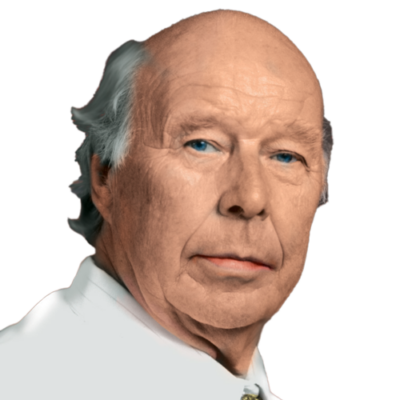
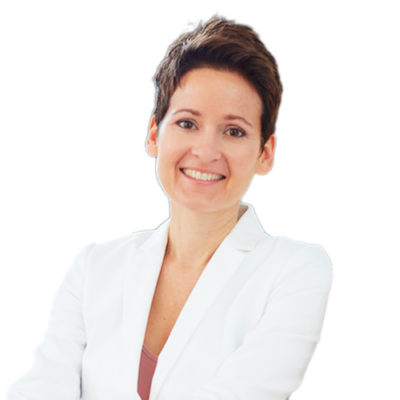


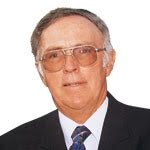





 Ask A Question
Ask A Question
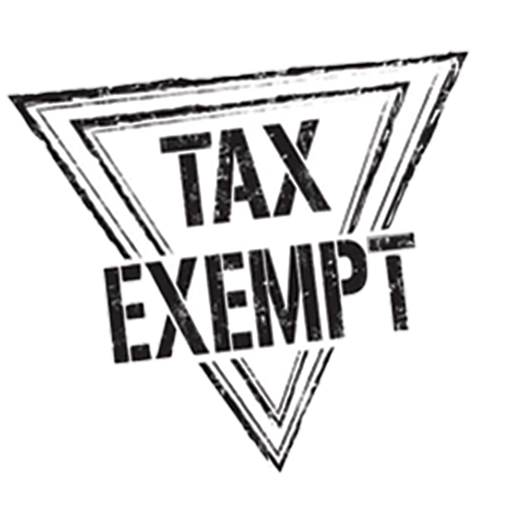 Tax Exempt Shopping
Tax Exempt Shopping
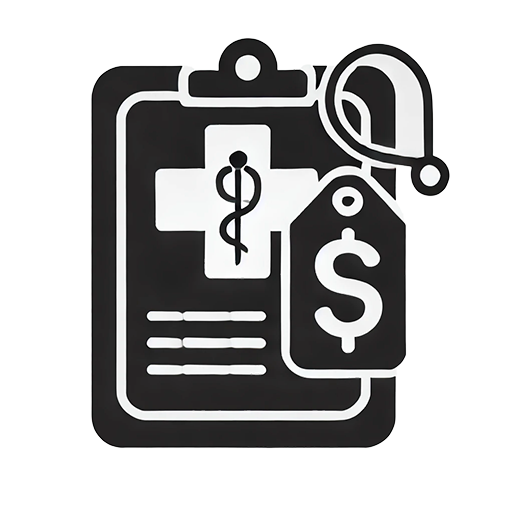 Get Clinical Pricing
Get Clinical Pricing
 Affiliate Program
Affiliate Program
 Retail Stores
Retail Stores
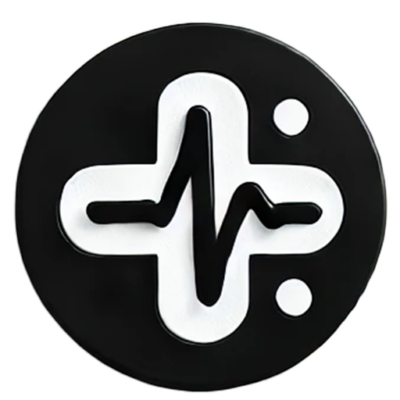 Health Hub
Health Hub
 Shipping Policy
Shipping Policy
 Returns/Exchanges
Returns/Exchanges
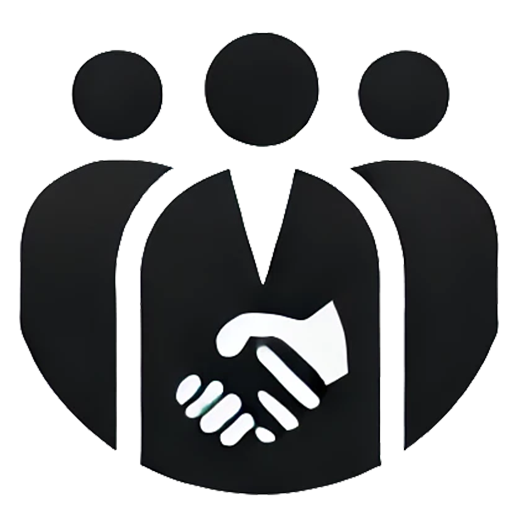 About Us
About Us
 Contact Us
Contact Us
 Login | Register
Login | Register

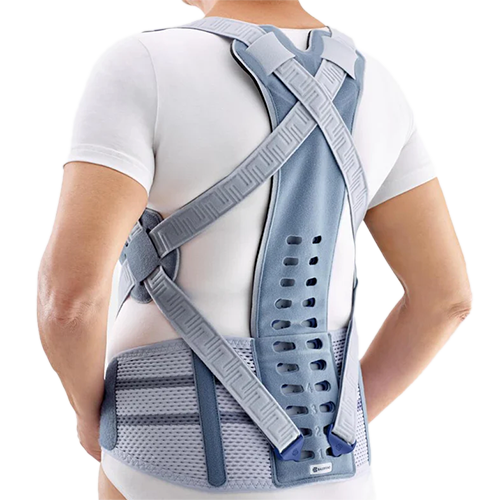
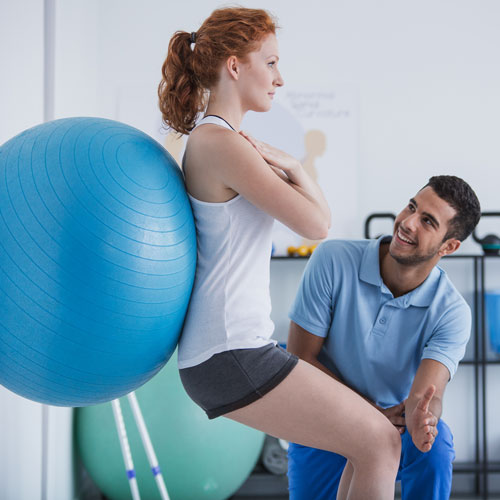

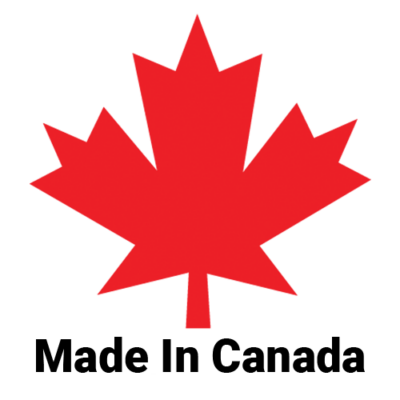 BIOFLEX P120 Light Therapy System
BIOFLEX P120 Light Therapy System
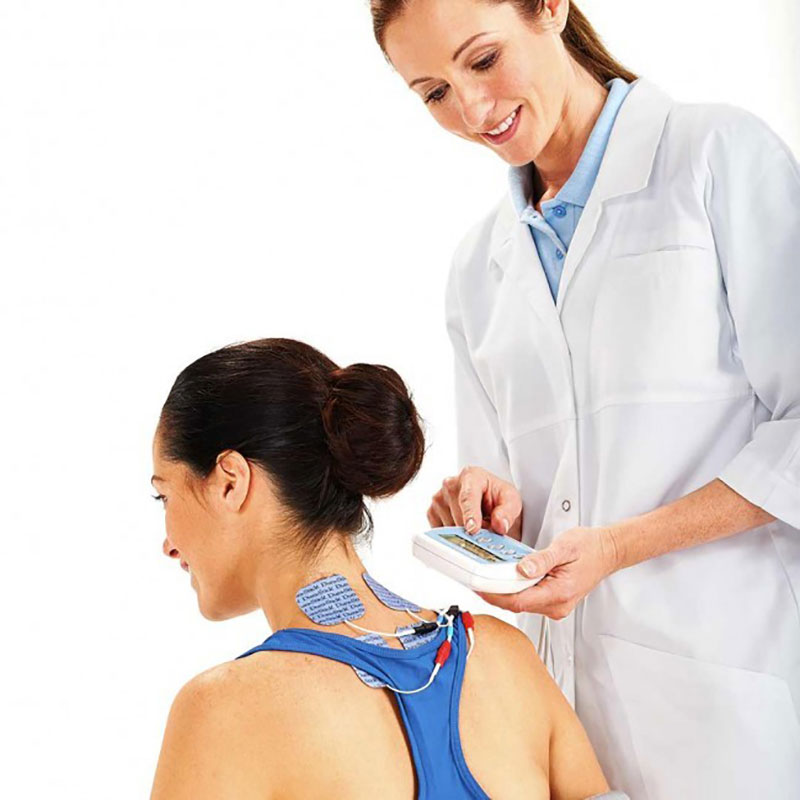
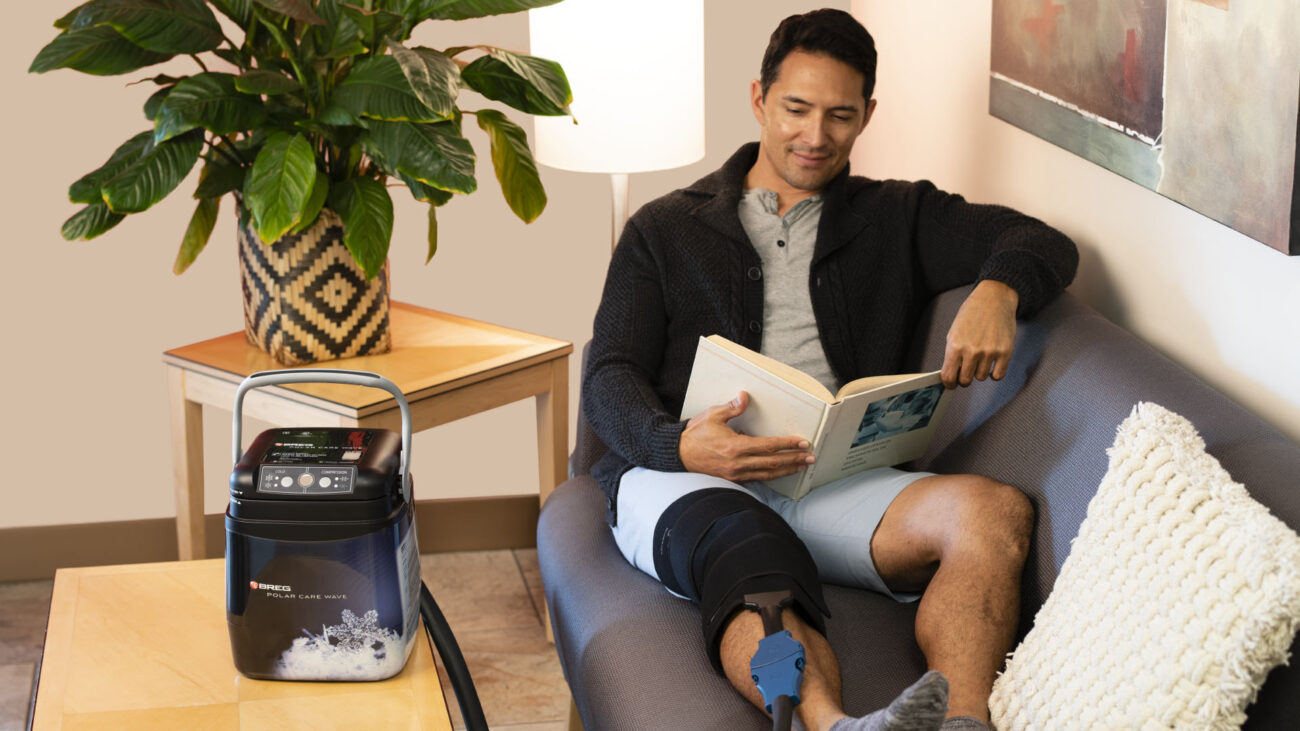
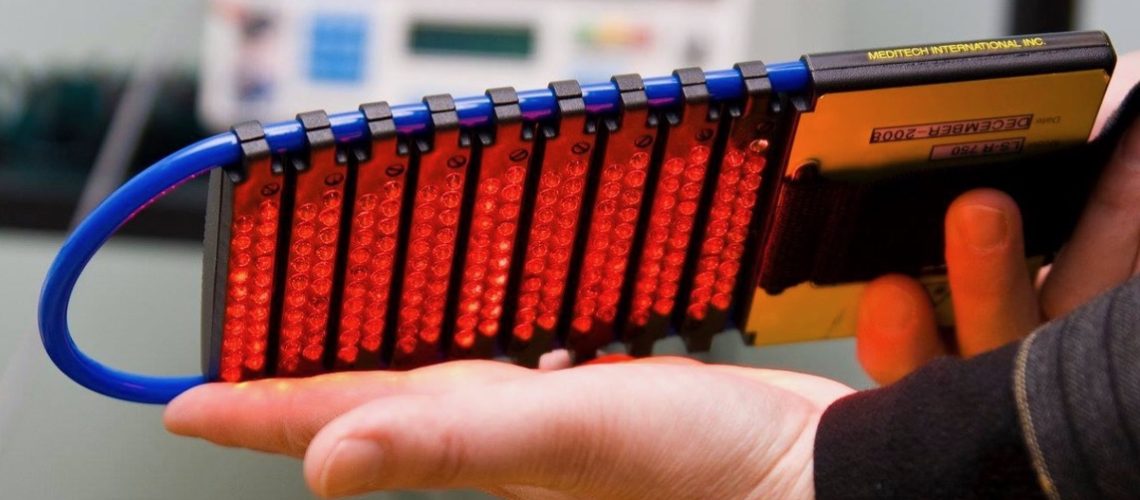


 Laser Therapy & Red Light Therapy
Laser Therapy & Red Light Therapy
